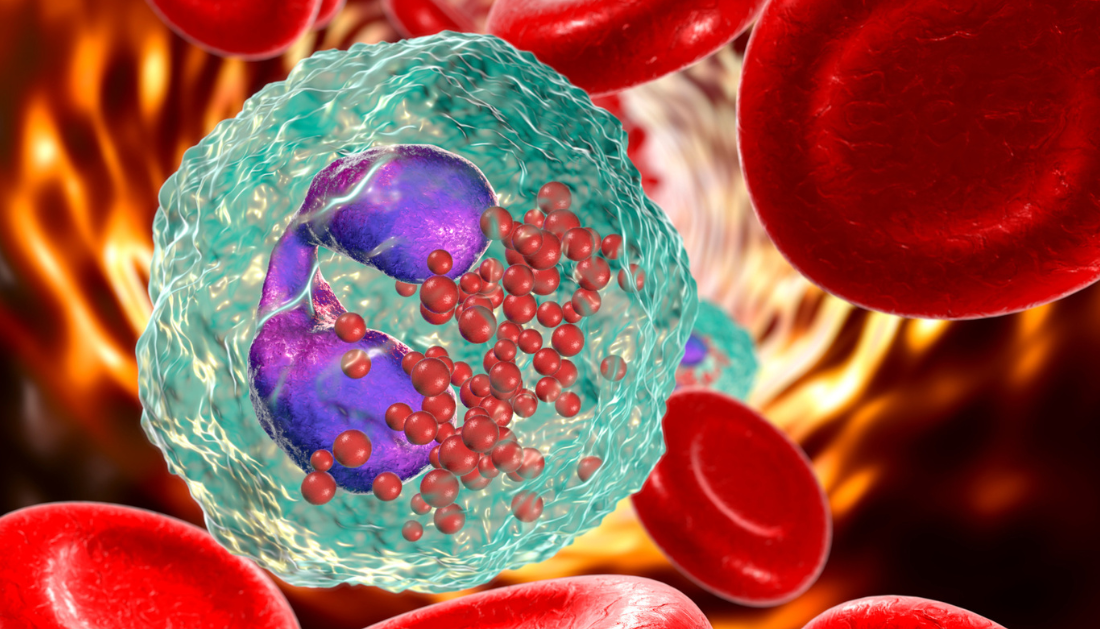

Researchers double chemotherapy effectiveness through chromatin reprogramming
In a recent breakthrough published in PNAS, scientists from Northwestern University have identified a mechanism to enhance the effectiveness of chemotherapy by targeting the memory of cancer cells. This memory, embedded within chromatin structures, enables cancer cells to “remember” previous drug exposures and adjust their resistance accordingly. By disrupting these chromatin packing domains, researchers have demonstrated a significant improvement in therapeutic response.
Explore all Oncology CME/CE Conferences 2025
Using a combination therapy of paclitaxel and celecoxib, the team successfully interfered with transcriptional memory in ovarian cancer models. Unlike traditional methods that target genetic mutations, this new approach intervenes at the epigenetic level, reshaping chromatin conformation and impairing the self-learning capabilities of cancer cells.
Implications for chemotherapy resistance and tumor growth
This study highlights a major clinical concern: chemotherapy resistance. Tumors often become less responsive to treatment over time due to adaptive epigenetic regulation. Researchers found that cancer cell memory is encoded through physical changes in chromatin architecture rather than permanent genetic alterations. By reprogramming chromatin and disrupting gene expression memory, the team significantly reduced tumor growth in a mouse model.
“Several drugs, including celecoxib, can regulate chromatin and repress plasticity. With this approach, we can now design strategies that synergize with chemotherapy or other existing therapies. The important finding is the concept itself. This particular drug just proves the point.”
- Vadim Backman, Northwestern University
Notably, the combination therapy used did not exceed standard clinical doses, minimizing potential treatment side effects while maintaining efficacy. This finding opens new doors for the development of epigenetic therapy regimens that can synergize with current protocols in oncology without increasing toxicity.
What does this mean for healthcare professionals?
For oncologists and researchers, understanding 3D genome architecture and chromatin reprogramming provides new insights into drug resistance mechanisms. This study reinforces the need to shift attention from purely genetic to physical genomic changes, particularly in hard-to-treat cancers such as ovarian carcinoma.
The findings represent a crucial pivot toward personalized cancer therapy guided by chromatin-based biomarkers and epigenetic patterns. As treatment strategies become more precise, addressing cancer adaptation through chromatin modulation could soon become standard in resistant tumor cases.
For More Information:
Frederick, J., et al. (2025). Leveraging chromatin packing domains to target chemoevasion in vivo. Proceedings of the National Academy of Sciences. doi.org/10.1073/pnas.2425319122.
more recommended stories
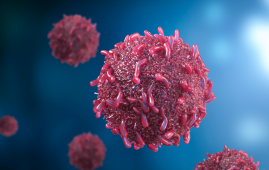 Silica Nanomatrix Boosts Dendritic Cell Cancer Therapy
Silica Nanomatrix Boosts Dendritic Cell Cancer TherapyKey Points Summary Researchers developed a.
 Vagus Nerve and Cardiac Aging: New Heart Study
Vagus Nerve and Cardiac Aging: New Heart StudyKey Takeaways for Healthcare Professionals Preserving.
 Cognitive Distraction From Conversation While Driving
Cognitive Distraction From Conversation While DrivingKey Takeaways (Quick Summary) Talking, not.
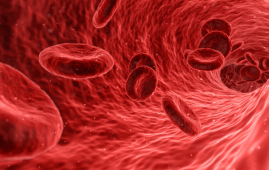 Fat-Regulating Enzyme Offers New Target for Obesity
Fat-Regulating Enzyme Offers New Target for ObesityKey Highlights (Quick Summary) Researchers identified.
 Spatial Computing Explains How Brain Organizes Cognition
Spatial Computing Explains How Brain Organizes CognitionKey Takeaways (Quick Summary) MIT researchers.
 Gestational Diabetes Risk Identified by Blood Metabolites
Gestational Diabetes Risk Identified by Blood MetabolitesKey Takeaways (Quick Summary for Clinicians).
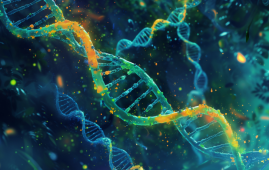 Phage Therapy Study Reveals RNA-Based Infection Control
Phage Therapy Study Reveals RNA-Based Infection ControlKey Takeaways (Quick Summary) Researchers uncovered.
 Pelvic Floor Disorders: Treatable Yet Often Ignored
Pelvic Floor Disorders: Treatable Yet Often IgnoredKey Takeaways (Quick Summary) Pelvic floor.
 Urine-Based microRNA Aging Clock Predicts Biological Age
Urine-Based microRNA Aging Clock Predicts Biological AgeKey Takeaways (Quick Summary) Researchers developed.
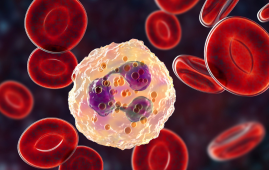 Circadian Control of Neutrophils in Myocardial Infarction
Circadian Control of Neutrophils in Myocardial InfarctionKey Takeaways for HCPs Neutrophil activity.

Leave a Comment